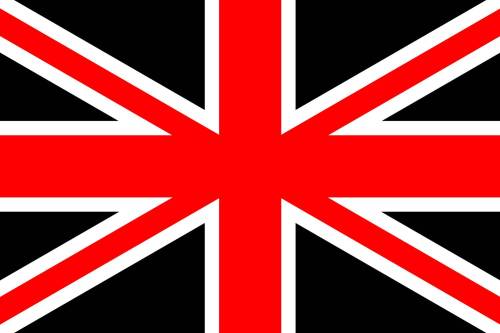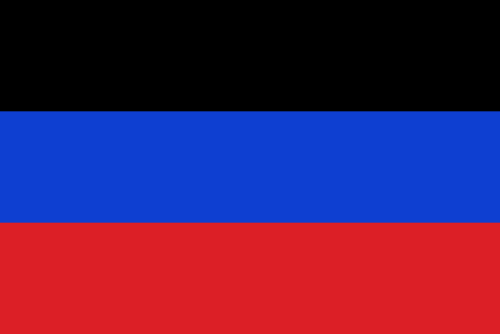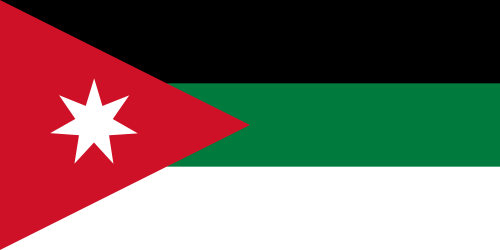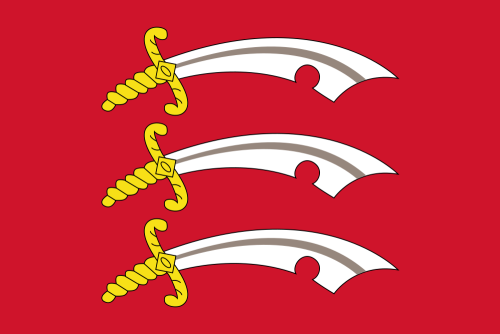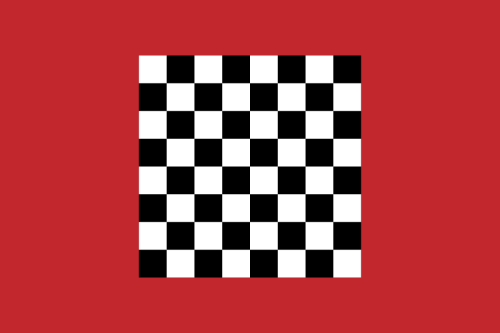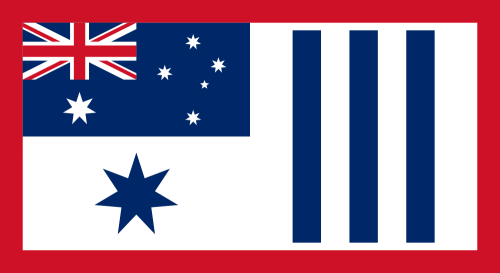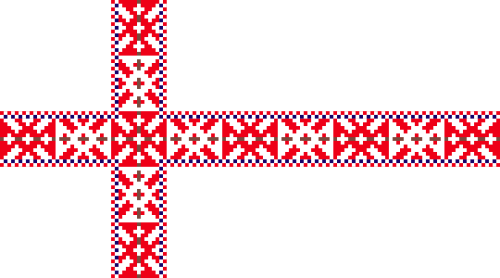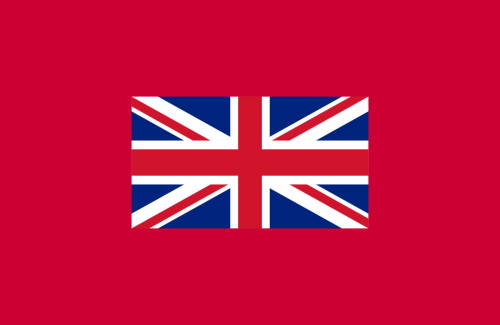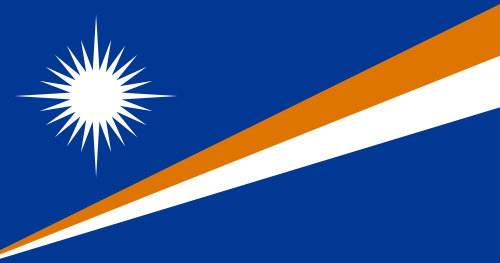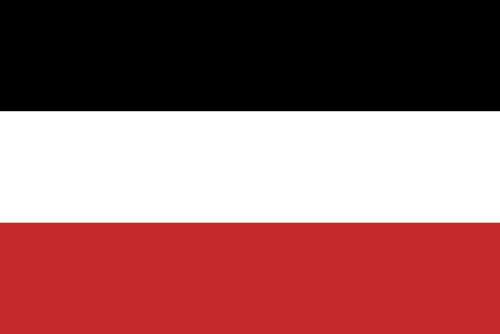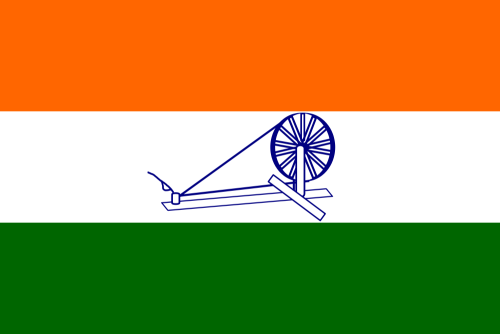#vexillology
My flag design for Santa Claus
from /r/vexillologyTop comment: ~~Gift economy flag~~ It looks like a company logo
Post link
Finally put up my first flag, it’s a start
from /r/vexillologyTop comment: Displaying your first flag is a big plus.
Post link
GALACTIC CALIPHATE!!! (attempt numero dos)
from /r/vexillologyTop comment: I´ve put the shahada (a symbole of islam) in the middle, symbolising that islam is holding the world together, just like the sun holds the solar system together.
Post link
Standard of Cyrus the Great, Achaemenid Empire, 559-529 BC
Cyrus the Great created the largest empire the world had yet seen. It included all the previous civilized states of the ancient Near East and reached From the Mediterranean Sea and Hellespont in the west to the Indus River in the east. He (probably) also proclaimed the oldest known declaration of human rights.
The appearance of the flag reminds of the oldest “flag” ever found and shows a Shahbaz (royal falcon), a fable bird and god who helped the Iranians. The actual flag found at excavations at Persepolis showed a golden Shahbaz, but there are other examples of the same emblem in colours like this. Still it could have looked like thisorthis as well.
During and after Cyrus’ reign the Persian Empire became the first to attempt to govern many different ethnic groups on the principle of equal responsibilities and rights for all people. The Jewish Bible refers to him as the only non-Jewish Messiah, aspects of the culture shaped by him influenced Athens and his standard influenced the symbol of the pre-Islamic state religion of Iran: Zoroastrianism.
Post link
Donetsk–Krivoy Rog Soviet Republic, 1918
The Donetsk–Krivoy Rog Soviet Republic was a self-declared Soviet republic of the Russian SFSR founded on 12 February 1918 and sought independence from Ukraine. It claimed the Donbass, Kharkov, Yekaterinoslav, and part of the Kherson Governorates.
If the flag looks familiar to you, it is probably because the self-proclaimed Donetsk People’s Republic uses a similar one today. There is a more or less official meaning behind the colours (red for freedom, blue for water and black for coal), but I think the main reason for the design is the resemblance to the Russian flag.
Though the Soviet government of Russia supported it as the existence of the state set an anarchy in the region, it never recognised it. One month after its declaration of independence, it became a republic within Ukraine until the last was fully occupied by the German forces in support of the Central Rada.
Post link
Arab Kingdom of Syria, 1920
The Arab Kingdom of Syria was the first modern Arab state to come into existence, but only lasted a little over four months. Despite its claims to territory of a Greater Syria, it controlled a limited area and was dependent on Britain which, along with France, generally opposed the idea of a Greater Syria.
The flag is based on that of the Arab Revolt that was designed in 1916, but with a white star. The Pan-Arab colours, which are still very popular in Arab countries, are derived from old Muslim dynasties.
Syria surrendered after being occupied by France and was formally incorporated into the French colonial empire. Today, Jordan still has a very similar flag. That’s because the Hashemite dynasty of Jordan also used to be the ruling dynasty of Syria and other Arab states.
Post link
Porto, Portugal, 1935-present
Porto is the second-largest city in Portugal. The urban area of Porto, which extends beyond the administrative limits of the city, has a population of 1.3 million and is one of the oldest European centres, registered as a World Heritage Site by UNESCO.
The gyronny of eight is typical for Portuguese city flags. The coat of arms shows Baby Jesus with his mother Mary on a castle, a mural crown with five towers to show that Porto is a city, and the collar of the Sword and Tower Order, which is the pinnacle of the Portuguese honours system.
“ANTIGA, MUI NOBRE, SEMPRE LEAL E INVICTA CIDADE DO PORTO” means “Ancient, most noble, always loyal and undefeated city of Porto” and refers to the fact, that Porto has never been conquered militarily either by the Romans, the Moors or the French Napoleonic armies.
Post link
Essex, United Kingdom
Essex is a county northeast of London. The name Essex originates in the Anglo-Saxon period of the Early Middle Ages and the Kingdom of Essex. Ēastseaxe (“East Saxons”), was one of the seven traditional kingdoms of the so-called Anglo-Saxon Heptarchy.
I cant find an exact date of introduction of the flag, but the three Seaxes (Saxon swords or dagger) were already a sign of the Ancient kings of Essex, that ruled in the 9th century.
Post link
Rwanda, 2001-present
The Republic of Rwanda is a sovereign state in central and east Africa. During an approximate 100-day period in 1994, estimated 500,000–1,000,000 Tutsi and moderate Hutu were killed by members of the Hutu majority.
The flag was changed because it had become associated with the brutality of the 1994 genocide. Instead of the pan-African colours, the flag now is blue (standing for happiness and peace), yellow (economic development) and green (hope of prosperity). The sun represents enlightenment.
Post link
Independent State of Croatia, 1941-1945
The Independent State of Croatia (Nezavisna Država Hrvatska), often referred to simply by the abbreviation NDH, was a World War II puppet state of Nazi Germany and Italy. It consisted of most of modern day Croatia and Bosnia and Herzegovina, together with some parts of modern-day Serbia.
The flag combines the colors of the flags of the Kingdom of Croatia (red and white), the Kingdom of Slavonia (white and blue) and the Kingdom of Dalmatia (red and blue). The šahovnica (“chessboard”) first attested as an official symbol of the kingdom of Croatia in 1495.
The “U” in the top left corner is the symbol of the Ustaša Movement, a fascist and terrorist organization active, in its original form, between 1929 until 1945. As German forces withdrew from Yugoslavia in 1944/1945, the Ustaše mostly left the country.
Post link
Almohad Caliphate, 1121–1269
The Almohad Dynasty (meaning “the monotheists”) was a Moroccan Berber-Muslim dynasty founded in the 12th century that established a Berber state in the Atlas Mountains in roughly 1120. They ruled over large parts of Northwest Africa and, until 1212, also southern Iberia.
This flag is the first known flag of “Morocco”. It is red with a 64-square chessboard placed in the middle of the flag. Red might refer to the Fatimids, white to the Umayyads and black to the Abbasids, who had established a protectorate over Kairuan and Fes.
The Almohads continued to rule in Africa until the loss of territory through the revolt of tribes and districts enabled the rise of their most effective enemies, the Marinids. The last representative of the line was reduced to the possession of Marrakesh, where he was murdered by a slave in 1269.
Post link
Honour Flag, Australia, 1918
The Australian Honour Flag is a special Australian flag that was created by the Commonwealth Government in 1918, as a result of the First World War. It consists of a white flag, with the national flag in canton, a large 7-pointed star, and three blue vertical bars, with a red border overall.
Towns and districts in Australia which subscribed twice their quota of funds to the Commonwealth Government’s Seventh War Loan in 1918 were presented with the Honour Flag.
Post link
Emperor’s Standard, Germany, 1871-1888
When the German Empire was founded in 1971, the King of Prussia was proclaimed as German Emperor, and not as Emperor of Germany as he desired. Reason was the fear of resentment of the other German kings. Emperor of Germany was considered to be a title above the others, while German Emperor was seen as primus inter pares.
The royal standard was based on that of the King of Prussia. It shows an Iron Cross, the crown of the empire, a large Imperial Eagle with a chestshield showing the Prussian Eagle. The text, Gott mit uns (god with us) was the German motto. 1870 was the year the Franco-Prussian War, which led to the formation of the empire, started. The colours are the colours of the Holy Roman Empire, not those of the national flag.
Post link
Seto People, Estonia and Russia, 2007-present
Setos are an autochthonous ethnic and linguistic minority in south-eastern Estonia and north-western Russia. They speak the Seto language and along with Orthodox Christianity, vernacular traditional folk religion is widely practiced and supported by Setos.
The Nordic cross is designed in a traditional Seto folk pattern. Red and white were also the dominant colours of the previous flag.
The Soviet Union made the eastern part of the historical Estonian region Setomaa component of the Leningrad Oblast. When Estonia became independent in 1991, the 15,000 Seto People were separated in two countries
Post link
Witu Protectorate, United Kingdom, 1893-1920
Wituland was a territory of approximately 3,000 km² (1,200 sq mi) in East Africa centered on the town of Witu in what is now Kenya. In 1885, Wituland became a German protectorate, but in accord with the 1890 Heligoland–Zanzibar Treaty it renounced its claims, though the inhabitants wanted to stay under the relatively mild German rule.
The area was part of the Arab Sultanate of Muscat and Oman, in which plain red flags had a long tradition. The flag follows this tradition, but also illustrates British rule. Unlike most British colonial flags the Union flag is centred and not in the canton.
Wituland was under rule of the British East Africa Company until it was incorporated into the British protectorate of Kenya in 1920.
Post link
Belgium, 1831-present
The Belgian Revolution in 1830 led to the secession of the southern provinces from the Netherlands. Reason for the establishment of an independent Kingdom of Belgium was, that it was inhabited almost exclusively by Catholics, while the rest of the Netherlands was Protestant.
During the period of Austrian rule, the Austrian Emperor imposed the use of the Austrian flag. The population of Brussels was opposed to this, and following the example of France, red, yellow and black cockades began to appear; those being the colours of Brabant. The colours thus correspond to the red, yellow and black lions of all Belgian provinces.
At first the stripes were horizontal, but this was changed very soon. Either to more clearly distinguish it from the Dutch flag, or as a gesture of sympathy with the French.
Post link
Marshall Islands, 1979-present
The Republic of the Marshall Islands is an island country located in the northern Pacific Ocean. The population of 68,480 people is spread out over 24 low-lying coral atolls, comprising 1,156 individual islands and islets.
In common with other island nations in the region, this flag features the symbolic representation of the islands’ place within the ocean. The rising diagonal band represents the equator, the star above representing this Northern Hemisphere archipelago.
The white and orange portions of the band represent, respectively, the Ratak Chain (“sunrise”) and the Ralik Chain (“sunset”), as well as symbolizing peace and courage. The star’s 24 points represent the number of electoral districts.
Post link
Upper Volta, 1958-1984
The Republic of Upper Volta was established on December 11, 1958, as a self-governing colony within the French Community. The country was located in West Africa, between Mali, Niger, Benin, Togo, Ghana and Côte d'Ivoire.
Though the flag looks just like that of the German Empire it has nothing to do with it. The Volta, that gave the country its name is a river that is divided into three parts: the Black Volta, White Volta, and Red Volta, which form the colors of the national flag corresponding to parts of the river.
After a military coup d'état in 1983 the country changed its name on August 4, 1984, from the Upper Volta to Burkina Faso, which means “Land of Incorruptible People”.
Post link
Indian National Congress, 1931-1947
The Indian National Congress, abbreviated INC, is the largest and one of the oldest democratically-operating political parties in the world. It was founded in 1885 and became a pivotal participant in the Indian Independence Movement.
Saffron represents the Hindus, green represents Muslims and the white stripe all other religious communities. In the centre was a traditional spinning wheel, symbolising Gandhi’s goal of making Indians self-reliant by fabricating their own clothing.
After India became independent the colours of of new Indian flag stayed the same, but the spinning wheel was replaced by a chakra to make it different from the party flag.
Post link


